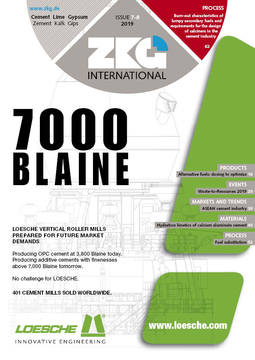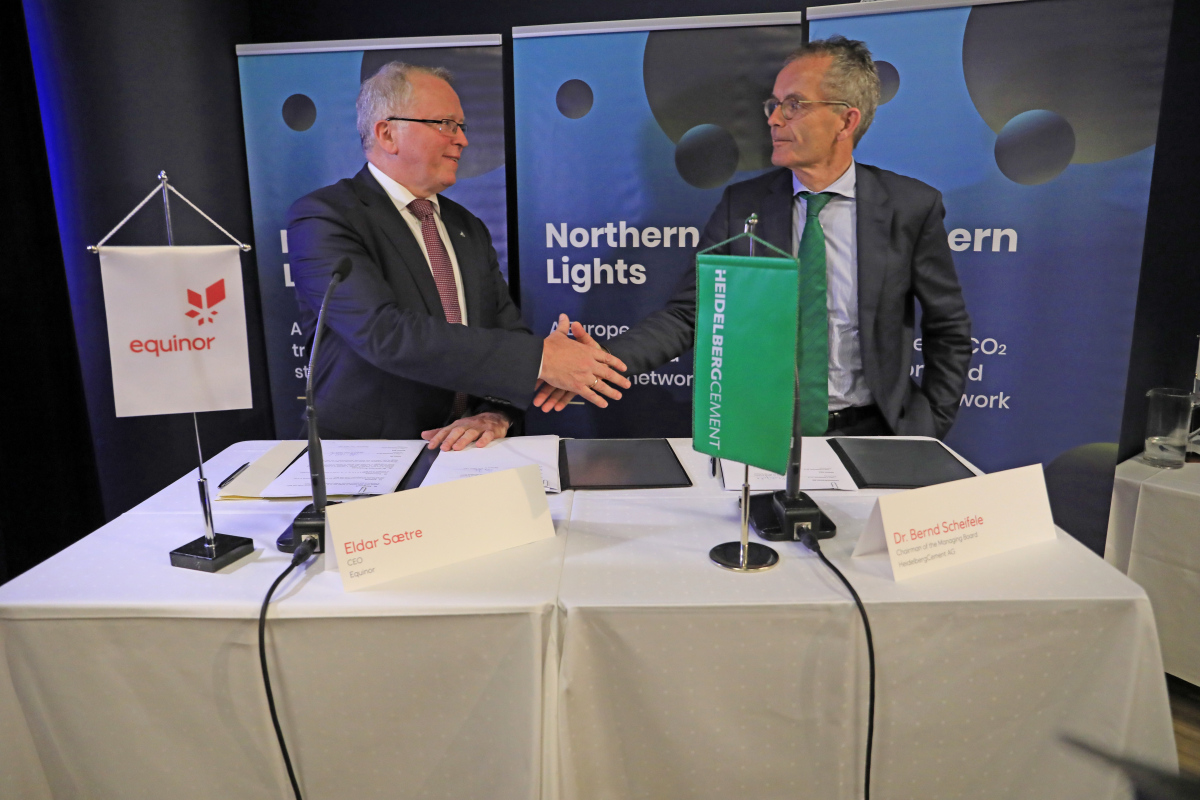HeidelbergCement receives approval for science-based CO2 reduction targets
Following a thorough validation procedure, HeidelbergCement’s CO2 reduction targets 2030 have been successfully assessed against the Science Based Targets initiative’s (SBTi) criteria. This makes HeidelbergCement one of currently only about 200 companies worldwide, to have approved science-based targets.
The SBTi independently assesses and validates corporate emissions reduction targets against the latest climate science: Targets adopted by companies to reduce greenhouse gas (GHG) emissions are considered “science-based” if they are in line with the goals of the Paris Agreement – to limit global warming to well-below 2°C above pre-industrial levels and pursue efforts to limit warming to 1.5°C.
HeidelbergCement’s CO2 reduction strategy is based on concrete bottom-up measures on plant and product level. These include improving energy efficiency, and a steadily increasing use of alternative fuels and alternative raw materials. “Concrete has the potential to become the most sustainable building material,” says Dr. Bernd Scheifele, Chairman of the Managing Board of HeidelbergCement. “Our goal is to realise the vision of CO2-neutral concrete by 2050 at the latest. In the coming years, we want to make significant progress in this direction, and the SBTi’s approval is a clear proof of our strong commitment.”
HeidelbergCement’s SBTi-approved target is to reduce scope 1 GHG emissions 15 % per ton of cementitious materials by 2030 from a 2016 base year. HeidelbergCement also commits to reduce scope 2 GHG emissions 65 % per ton of cementitious materials within the same timeframe*. The SBTi-approved target is consistent with HeidelbergCement’s previously formulated goal of a 30 % reduction in its specific net CO2 emissions by 2030, compared with 1990. To date, HeidelbergCement has already managed to achieve a reduction of 20 % and is in a leading position when it comes to the development of new technologies for CO2 sequestration and use, e.g. by returning the CO2 into the material cycle of cement and concrete through recarbonation.
//www.heidelbergcement.com" target="_blank" >www.heidelbergcement.com:www.heidelbergcement.com


